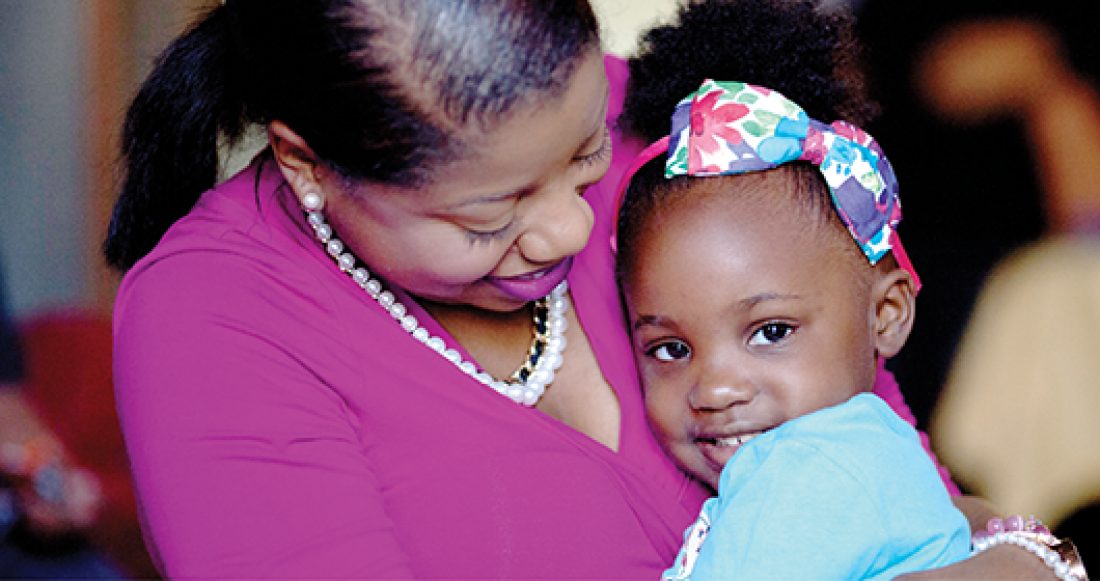Millions of Children Living in High-Poverty Areas

The 2015 KIDS COUNT Data Book reports that 14% of children — 10.1 million total — are now living in areas of concentrated poverty.
These numbers represent an unsettling trend: An increase of nearly 4 million more children living in high-poverty areas since 2000.
State-by-state, the percentage of children living in high poverty varies widely. For instance: Just 1% of children in Vermont live in areas of concentrated poverty. In Mississippi, this rate hits 27%.
The KIDS COUNT Data Book also reveals that black, American Indian and Latino children are much more likely to live in high-poverty areas relative to peers from other racial and ethnic groups.
This is huge — and here’s why.
Research tells us that:
- Compared to children living in wealthier areas, children growing up in high-poverty neighborhoods are much less likely to have access to high-quality schools and safe places to play that can help them thrive.
- Concentrated poverty puts whole neighborhoods at risk. Relative to their more affluent counterparts, high-poverty communities are much more likely to have high rates of crime and violence, unemployment and other problems.
Ready to help give America’s most fragile families and children a better future? Check out the 2015 KIDS COUNT Data Book to get started.





